Bodyweight training is one of the most accessible and underrated ways to build strength, mobility, and control — no gym or equipment required. Whether you're at home, in a park, or on the go, your own body is all you need.
Why Train with Bodyweight?
Bodyweight exercises aren’t just for beginners. Done right, they can challenge even advanced athletes. Here’s why they work:
- Anywhere, Anytime: No equipment needed.
- Scalable: Modify difficulty by changing angles or tempo.
- Functional Strength: Great for mobility, balance, and joint control.
- Beginner-Friendly: Start with the basics, and progress at your pace.
Bodyweight vs Other Equipment
While equipment has its perks, bodyweight training holds its own:
- Barbells: Best for heavy compound lifts and max strength.
- Dumbbells: Great for unilateral work and adding resistance.
- Machines: Offer isolation and support, but limited freedom of movement.
Bodyweight is unbeatable for convenience and functional strength.
Getting Started Safely
Just you and gravity — but still important to stay safe:
- Focus on form over speed or reps.
- Don’t skip the warm-up — prep your joints.
- Use a mat or soft surface when needed.
- Start with assisted versions (like incline push-ups) if full versions are too tough.
Programming Bodyweight Workouts
There’s more variety than you might think. Try mixing and matching:
- Strength Focus: Push-ups, dips, pull-ups, pistol squats.
- Mobility & Core: Hollow holds, planks, bridges, animal movements.
- Conditioning: Jump squats, burpees, mountain climbers.
Start with full-body circuits or focus on push/pull splits using only bodyweight movements.
Ready to move? No gear. No excuses. Let’s go.
Absolutely — with enough volume, time under tension, and smart progressions, you can build real strength and size.
Use regressions like incline push-ups or negative pull-ups. Everyone starts somewhere.
3–5 times a week works great. They're lower impact and easier to recover from.

_Waist_small.png)

_Waist-FIX_small.png)

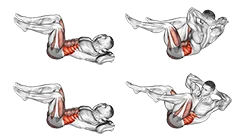
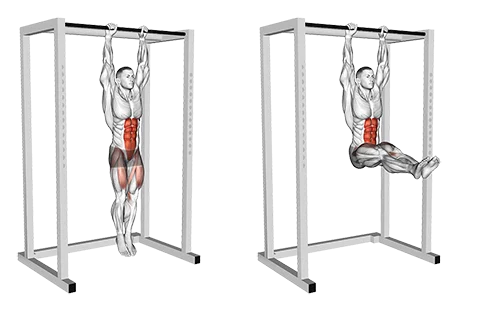
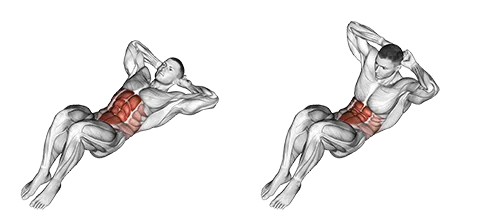
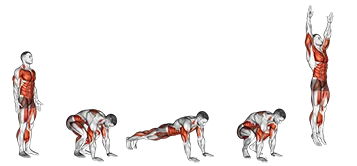
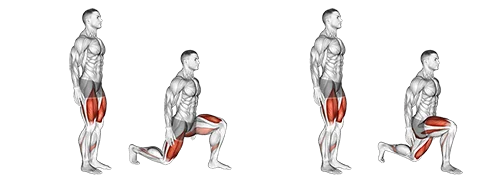
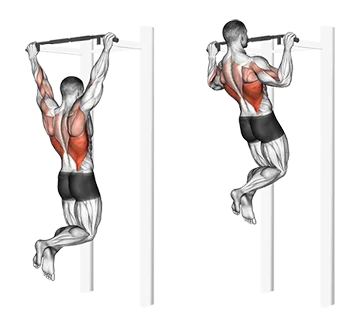

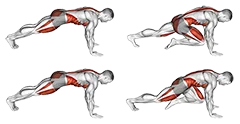
-(male)_Waist_small.png)
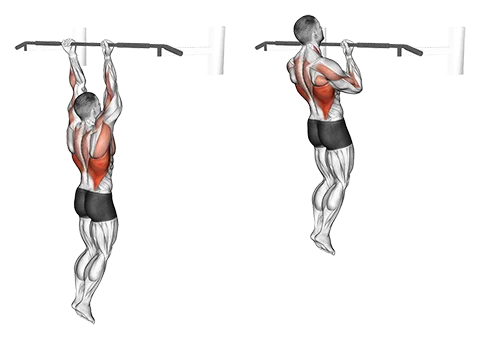

_Cardio_small.png)
_Hips_small.png)
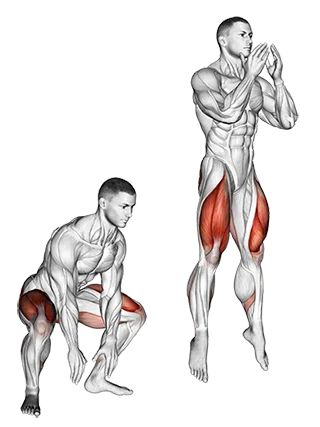
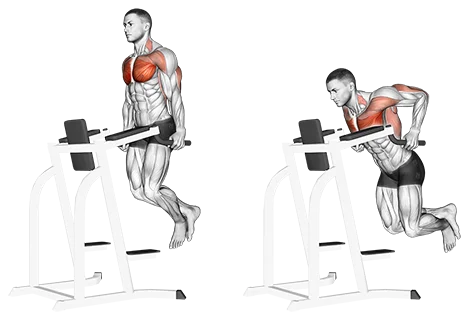


-male_Thighs_small.png)

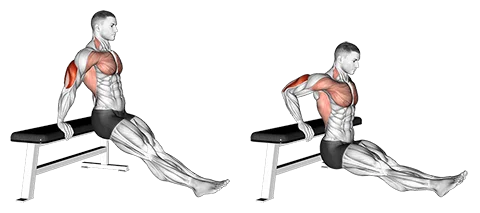

_Waist_small.png)
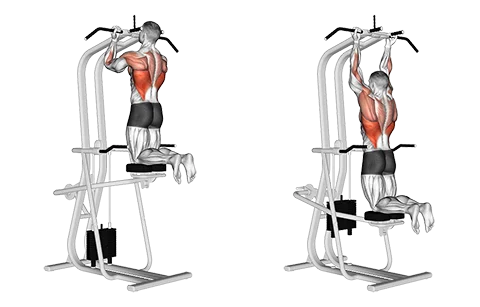
_Hips_small.png)
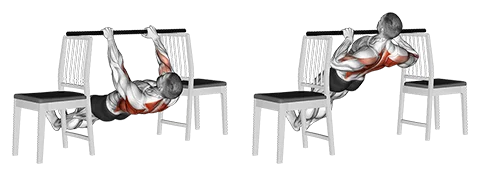
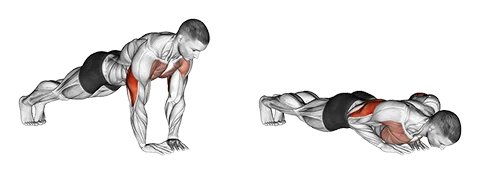
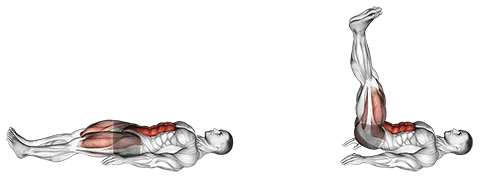
_Waist_small.png)
